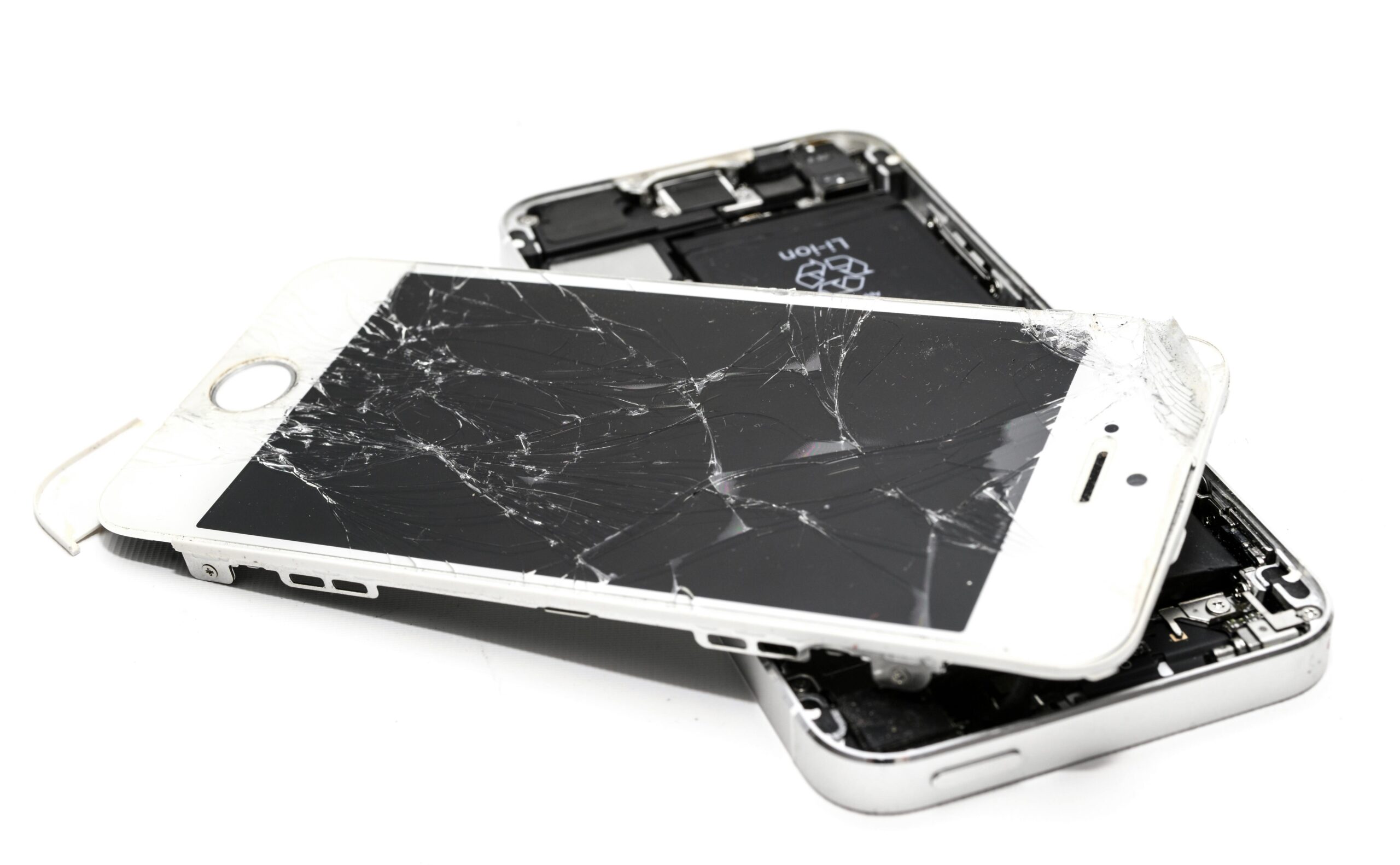Gaza’s Telecommunications: Occupied and Destroyed

```html
Digital Siege: Israel's Stranglehold on Gaza's Lifeline
The Weaponization of Connectivity
In the 21st century, the internet has become an undeniable force for freedom and connection. Yet, for Palestinians in Gaza, this lifeline is constantly under threat. For over 17 years, Israel's blockade has severely restricted their access to the digital world, a reality exacerbated by decades of occupation. This isn't accidental. Israel understands the power of the internet and actively works to control and suppress Palestinian digital space, manipulating connectivity as a tool of oppression.
While internet penetration in Palestine reached nearly 88% in 2022, the reality in Gaza is starkly different. While the West Bank finally gained 4G access in 2023, Gaza remains trapped with archaic 2G technology, a digital desert in an increasingly connected world. Israel's recent genocidal assault has pushed this digital vulnerability into a full-blown crisis,severely impacting access to vital information, aid, and communication with loved ones.
Controlling the Narrative, Silencing Voices
Israel's control over Gaza's digital landscape extends beyond limiting access. It actively manipulates connectivity to serve its own interests. By routing all fiber-optic connections through its territory, Israel maintains complete oversight and control over the flow of information, effectively censoring Palestinian voices and shaping global perceptions.
This digital dominance is a key component of Israel's media strategy. Disrupting internet access allows Israeli narratives to dominate, while simultaneously silencing Palestinian experiences and shielding Israeli actions from scrutiny. "Israel's control of the flow of information is not just a transient policy but rather part of a comprehensive strategy of digital occupation," a stark reality highlighting the insidious nature of this control.
While Palestinians are denied access to the latest technologies, Israel employs advanced tools like artificial intelligence to monitor and analyze Palestinian digital discourse. This hypocrisy underscores the deliberate nature of Israel's digital suppression, creating a high-tech haven for itself while keeping Gaza in a state of digital lockdown.
Israel's restriction of telecommunications constitutes an invisible element of its occupation, where the occupier controls not only physical borders but also the digital space.
The Devastating Impact of Digital Siege
The consequences of Israel's digital control are devastating. Beyond the practical disruptions to healthcare, job security, and emergency response, the lack of connectivity fosters fear, isolation, and a sense of helplessness – a phenomenon often termed “digital alienation”.
The recent escalation of violence has seen the destruction of over 50% of Gaza's telecommunications infrastructure. The targeting of repair workers, even after their coordinates were shared with the Israeli army, demonstrates a callous disregard for human life and the right to communication. “Hospitals and emergency responders cannot effectively communicate or coordinate medical care, leaving patients unable to access lifesaving assistance," a chilling testament to the human cost of this digital siege.
While Israel develops its digital infrastructure to present itself as a high-tech haven, it keeps Gaza in a state of digital lock-up, where Palestinian voices are blocked and access to the latest technologies is limited.
Resilience in the Face of Adversity
Despite these immense challenges, the resilience of Palestinians shines through. From using Israeli and Egyptian SIM cards to creating local WiMAX networks, they find inventive ways to circumvent the digital blockade. These efforts, though often precarious, embody a spirit of resistance against enforced isolation.
A Call to Action: Breaking the Digital Siege
The international community must act decisively to break this digital siege. Facilitating the delivery of essential equipment, applying pressure on Israel to halt attacks on infrastructure, and supporting initiatives to enhance digital resistance are crucial first steps. Long-term solutions lie in reclaiming digital sovereignty, investing in technological development, and promoting open-source software to reduce dependency on imported technologies.
Ultimately, liberating Palestine's digital landscape is not just about access to technology. It’s about ensuring Palestinians have the tools to control their narrative, connect with the world, and exercise their right to self-determination.